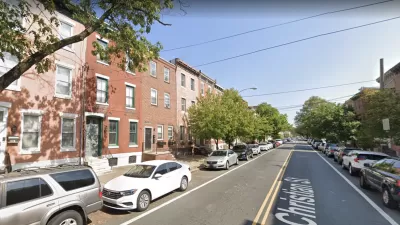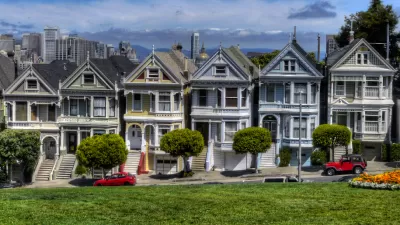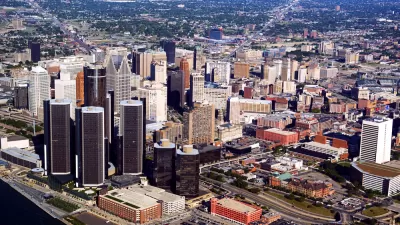New Jersey's largest city is celebrating a downtown revival, but city leaders want to ensure that Newark avoids the displacement that often accompanies revitalization.

The good news is that this city of 280,000 residents, long associated with racial strife and decay, has been undergoing a revival. The challenge facing Mayor Ras J. Baraka and the city council is how to ensure that longtime residents are not displaced, reports Rick Rojas, metro reporter for The New York Times.
Descriptions of Newark as 'the next Brooklyn' are bandied about regularly but just as often swatted down by city leaders, who say they have looked to other cities’ experiences not as potential road maps but as cautionary tales.
First, a bit of history
The drain of the city’s white population started with the advent of the highway system and the rise of the suburbs. But the unrest in 1967, triggered by anger over racism and police brutality, with days of deadly demonstrations, intensified the exodus and cemented the negative view of Newark that it is still trying to shake.
Fast forward to today, and the city still has its socio-economic problems.
Poverty in Newark remains at a rate well above the national average, and only 18 percent of the people who hold jobs in Newark live here, according to a report from the New Jersey Institute for Social Justice; in other large cities that figure is often between 30 and 50 percent.
For example, "[i]n New Orleans, local residents hold 46 percent of jobs; in Detroit, local residents hold 25 percent of jobs," according to the institute's report, "Bridging the Two Americas: Employment & Economic Opportunity in Newark & Beyond," released last April.
The major tools to avoid gentrification include a local hiring program and inclusionary zoning for larger developments that Baraka is trying to get the city council to approve.
White flight reversal
Whites are returning to this city where people of color constitute 72 percent of the population. But this in-migration need not result in displacement.
[S]ome argue that there is plenty of room for newcomers, considering the city’s spacious footprint, the abandonment of many neighborhoods and that most development is focused downtown, where few people had lived and that essentially became deserted at the end of the business day.
“I think it gives it a leg up in trying to do this kind of work,” Nancy Cantor, the chancellor of Rutgers-Newark, said of the city’s geography. “There’s so much empty, available real estate that, at least initially, the wave of development doesn’t require displacing people.”
But that creates its own problem, explains Max Herman, an associate professor of sociology at New Jersey City University, who wrote an oral history on the 1967 riots in Newark and Detroit and studies gentrification.
“There’s been a vast improvement,” Professor Herman said. “The downtown is a much safer place. It’s a much more interesting place.” But, he added, “The rest of Newark has not benefited.”
FULL STORY: A Revival Comes to Newark, but Some Worry It’s ‘Not for Us’

Planetizen Federal Action Tracker
A weekly monitor of how Trump’s orders and actions are impacting planners and planning in America.

San Francisco's School District Spent $105M To Build Affordable Housing for Teachers — And That's Just the Beginning
SFUSD joins a growing list of school districts using their land holdings to address housing affordability challenges faced by their own employees.

The Tiny, Adorable $7,000 Car Turning Japan Onto EVs
The single seat Mibot charges from a regular plug as quickly as an iPad, and is about half the price of an average EV.

As Trump Phases Out FEMA, Is It Time to Flee the Floodplains?
With less federal funding available for disaster relief efforts, the need to relocate at-risk communities is more urgent than ever.

With Protected Lanes, 460% More People Commute by Bike
For those needing more ammo, more data proving what we already knew is here.

In More Metros Than You’d Think, Suburbs are Now More Expensive Than the City
If you're moving to the burbs to save on square footage, data shows you should think again.
Urban Design for Planners 1: Software Tools
This six-course series explores essential urban design concepts using open source software and equips planners with the tools they need to participate fully in the urban design process.
Planning for Universal Design
Learn the tools for implementing Universal Design in planning regulations.
Smith Gee Studio
City of Charlotte
City of Camden Redevelopment Agency
City of Astoria
Transportation Research & Education Center (TREC) at Portland State University
US High Speed Rail Association
City of Camden Redevelopment Agency
Municipality of Princeton (NJ)





























